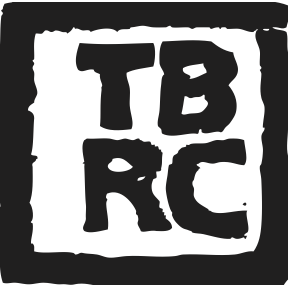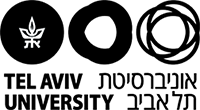Scholars and ScribesLeveraging Computerized Tools for Navigating an Uncharted Tibetan Buddhist Philosophical Corpus
15 January 2016

Photo: Scholars and Scribes
A collaborative project between Tel Aviv University (TAU), The Blavatnik School of Computer Science, and Universität Hamburg (UHH), Asien-Afrika-Institut, the Department of Indian and Tibetan Studies, financed by the German-Israeli Foundation for Scientific Research and Development (GIF).
The project focuses on a Tibetan textual corpus known as the bKa’ gdams gsung ’bum or The Collected Writings of the bKa’-gdams-pa School, one of the three main schools that emerged during the second period of propagation of Buddhism in Tibet (ca. 11th–13th centuries) whose monasteries were famed as centers of learning. The corpus accordingly contains numerous texts of various genres that were mainly produced in the period between the eleventh and fourteenth centuries and is by and large written in a variety of dBu-med (“headless”) scripts, most of which are peculiar to this corpus. Following the rise of the dGe-lugs school and the Dalai Lama hegemony, the bKa’-gdams-pa school declined and finally disappeared; thus its textual scholarly legacy has fallen into oblivion. The bKa’ gdams gsung ’bum bears testimony to the intensity and extensity of intellectual engagement in the Tibetan Buddhist civilization, and a nuanced understanding of the Tibetan intellectual history and intellectual culture seems hardly possible without investigating this textual corpus and its content. Due to the fact that this enormous corpus has only recently been made available, most of the material contained therein has yet to be studied by modern scholars. The project aims at studying the emergence of this corpus in terms of place and time and in relation to its philosophical contents, by employing tools and methods of both textual scholarship and computer science. The project thus focuses on the development of a codicological and paleographical scheme for analyzing Tibetan manuscripts and xylographs, mainly focusing on textual corpora of the bKa’-gdams-pa tradition, and of new tools and techniques for investigating Tibetan texts in general, including their contents and forms, so as to facilitate Tibetan Buddhist textual scholarship.
In the center of our efforts of developing develop a codicological and paleographical scheme stands the bKa’-gdams material with its distinct dBu-med script including its various subtypes, with the main aim to enable identifying “joins” of separated fragments, dissolved and scattered collections, and stray manuscripts and xylographs, on the one hand, and determining periodical and regional characteristics with the help of which manuscripts and xylographs could be dated and their provenance determined, on the other. Apart from the immediate benefit of developing such a scheme for the study of the bKa’-gdams material, it is envisioned that in the future it could serve as a model and, in fact, as a basis for a more comprehensive study of the development of Tibetan scripts and script styles over the centuries and in different regions.
In regard to the textual aspect, the projects aims at developing open-source software and digital tools that will be put at the disposal of the community of scholars of Tibetan Buddhist scholarship for the study of any Tibetan written material. The envisioned functions of such software and digital tools will include the processing of not only (i) transliterated Tibetan Buddhist texts, including, for example, advanced approximate text matching methods for easily locating shared texts and citations in a huge amount of written material, and thus better our understanding of the emergence of various Buddhist corpora, but also (ii) images of manuscripts and xylographs including automatized determination of different or similar scripts and, in more advanced techniques, even of different or similar hands, and automatized determination of different or similar layouts and artistic features presented in the manuscripts and xylographs, and encoding of imaged text.
Project Members:
Prof. Nachum Dershowitz, TAU
Prof. Lior Wolf, TAU
Prof. Dorji Wangchuk, UHH
Dr. Orna Almogi, UHH
Eric Werner, UHH
Cooperating Institutions




